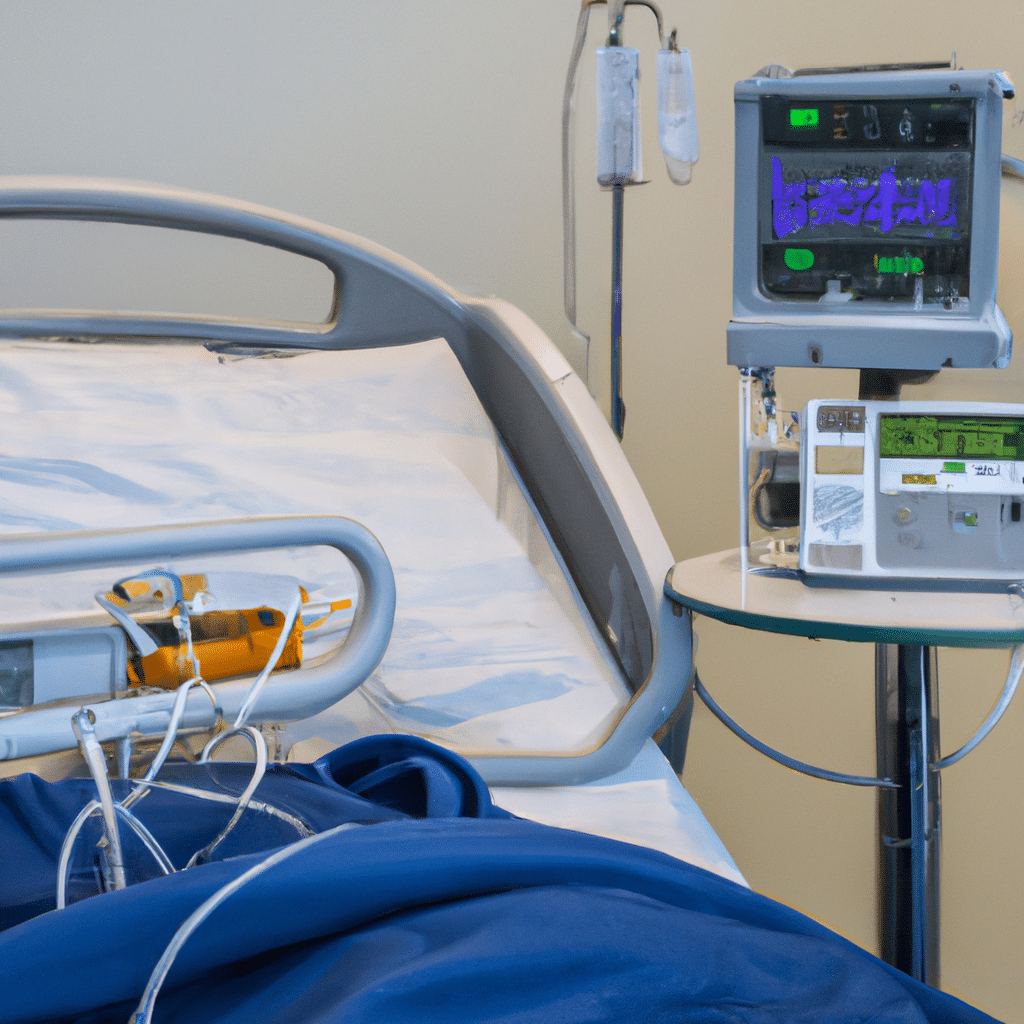The healthcare industry has been undergoing significant changes in recent years. From digital record-keeping to telemedicine, technology is revolutionizing the way healthcare is delivered. One of the most promising developments in this field is the Internet of Things (IoT). IoT is transforming healthcare by enabling the collection, analysis, and sharing of data in real-time. In this article, we will explore how IoT is transforming the healthcare industry.

What is IoT?
IoT refers to a network of devices that are connected to each other and the internet. These devices can communicate with each other and share data in real-time. IoT devices can range from simple sensors to complex machines that can perform sophisticated tasks. The healthcare industry has been quick to adopt IoT technology to improve patient care.
IoT in Patient Monitoring
One of the most significant benefits of IoT in healthcare is in patient monitoring. IoT devices can monitor patients in real-time, enabling healthcare professionals to detect potential problems quickly. This technology is particularly useful for patients with chronic conditions who require continuous monitoring. For example, IoT devices can monitor blood sugar levels for diabetic patients, alerting healthcare professionals if levels become too high or too low.
IoT in Medical Imaging
IoT has also revolutionized medical imaging. IoT devices can transmit medical images to healthcare professionals in real-time, allowing for a faster and more accurate diagnosis. This technology is particularly useful in emergency situations when time is of the essence. IoT devices can also help doctors monitor the progress of treatments in real-time, enabling them to make adjustments as necessary.
IoT in Healthcare Facilities
IoT devices are also being used in healthcare facilities to improve efficiency and safety. IoT sensors can monitor equipment and alert maintenance teams if there are any issues. This technology can help prevent equipment failures, reducing downtime and improving patient care. IoT devices can also monitor the temperature and humidity in healthcare facilities, ensuring that conditions are optimal for patient care.
IoT in Telemedicine
Telemedicine is another area of healthcare that has been transformed by IoT. IoT devices can enable remote consultations, allowing patients to receive care from the comfort of their own homes. This technology is particularly useful for patients who live in remote areas or have mobility issues. IoT devices can also enable remote monitoring of patients, reducing the need for in-person visits.
IoT in Medication Management
IoT devices are also being used to improve medication management. IoT-enabled pill dispensers can remind patients when to take their medication, ensuring that they do not miss a dose. These devices can also alert healthcare professionals if a patient misses a dose or takes the wrong medication. This technology can help improve patient outcomes and reduce the risk of medication errors.
IoT in Public Health
Finally, IoT is being used to improve public health. IoT devices can monitor environmental factors such as air quality and temperature, enabling healthcare professionals to detect potential health risks. This technology can help prevent the spread of diseases and improve public health outcomes.
Conclusion
In conclusion, IoT is transforming the healthcare industry by enabling the collection, analysis, and sharing of data in real-time. IoT devices are being used to monitor patients, improve medical imaging, increase efficiency and safety in healthcare facilities, enable telemedicine, improve medication management, and enhance public health. As IoT technology continues to evolve, we can expect to see even more significant developments in the healthcare industry.












